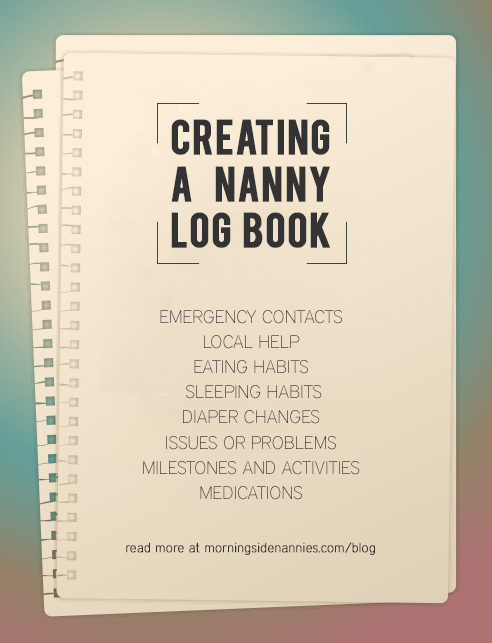(713) 526-3989
Call Our Houston Office For a Complimentary Consultation (713) 526-3989
Morningside Nannies was far more professional and focused than the other agencies. They listened to my request and responded promptly. I feel very fortunate to have such superb childcare and appreciate the luxury of returning to work with-out worry.
Jeremy and Lauren Blachman
Compared to other agencies Morningside presented a higher caliber of candidate.
Phyllis Epps, Law Professor
I described the person I wanted and that’s what you found for me. Thank you.
Penny Featherston, NorAm Energy
Morningside was by far the best as compared to the other services we used!
Dr. Michael O'Reilly and Dr. Valerae Lewis
Morningside Nannies blew the others away!
Myron Morris, O.R. Business Manager and Dr. Audrey Winer, Pediatrician
We put our trust in Morningside to place us with a nanny that was perfect for our family’s needs and Morningside delivered.
Client X
I just wanted to let you know that Elizabeth is fantastic! She is great with the boys, and so helpful with such a calm and pleasant way of being. We are so happy with her.
Christine
As a new mom I was nervous about hiring a nanny, but now I couldn’t be more pleased. I’ve sung your praises to everyone I know.
Tarala Rybacki
During our search for our current nanny I used several well-known services in Houston. I found that Morningside Nannies had the highest- quality applicants in town.
Dr. Katherine Tiwari
We’ve placed ads in newspapers on two occasions and have gone through an Au Pair program twice. This has been our best experience by far!
James Wilt, Houston Symphony
- Home
- Our Services
- Costs & Fees
- Find a Position
- Resources
- FAQ
- For Families
- For Nannies
- Nanny Health Insurance
- Nanny Taxes
- Nanny Organizations
- Fun Things to Do With Kids in Houston
- Houston and Surrounding Communities
- Alvin
- Angleton
- Baytown
- Bellaire
- Clute
- Conroe
- Deer Park
- Dickinson
- Freeport
- Friendswood
- Galena Park
- Galveston
- Humble
- Jacinto City
- Katy
- La Marque
- La Porte
- Lake Jackson
- League City
- Missouri City
- Pearland
- Rice Village
- Richmond
- River Oaks
- Rosenberg
- South Houston
- Sugar Land
- Texas City
- The Woodlands
- West University Place
- Pasadena
- About Us
- Blog
- Contact

 Having a nanny to care for your child when you can’t is a great asset and one way to make your relationship even better is through a Nanny Log Book. A Nanny Log Books allows you and your nanny to communicate easily and effectively every day. It allows you to see what your child is eating and doing during the day and keep on top of any problems as they arise. Here are some tips to create a Nanny Log Book:
Having a nanny to care for your child when you can’t is a great asset and one way to make your relationship even better is through a Nanny Log Book. A Nanny Log Books allows you and your nanny to communicate easily and effectively every day. It allows you to see what your child is eating and doing during the day and keep on top of any problems as they arise. Here are some tips to create a Nanny Log Book:
